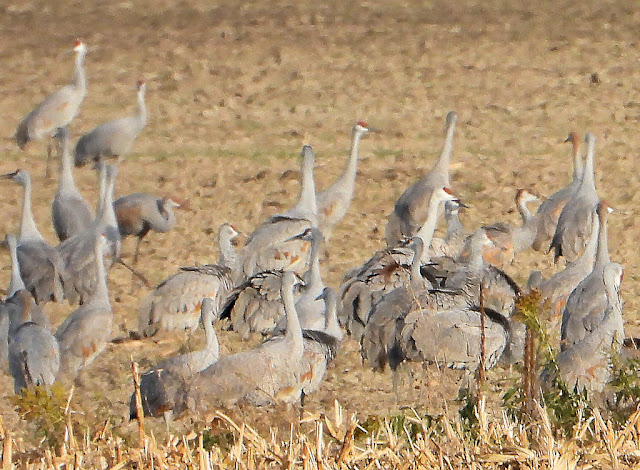With all the spectacular results coming from space telescopes like the James Webb and Euclid, it is no wonder that age old questions of cosmology, of our origins arise again.
Of course, our children know the answer the way we "knew" Santa Claus:
However, "in my day", I believed the stork brought me/us/children.
So 10 years ago I decided to investigate:
I saw no evidence of babies being fed in the nest. So I looked lower down, on the ground:
This did seem to be like stalking. At least potentially interesting. So I watched some more:
Could this be? Alas I never saw any results.
This Spring I tried again.
I saw the "stuff" for mangers but no evidence for children.
And then just a couple of days ago I saw some "cranes" - the White-neck, and the rarer
Black.neck;
Here was clear evidence of people being "delivered"!
And -
So that would seem to settle the point - it is cranes, not storks that deliver humans
in our culture.
Whoops - the Whoopers and the Sandhill cranes might have something to say about that!
Here are some reactions when the Sandhills were asked a couple of days ago:
I think here at least, the jury is still out:
WOB






















